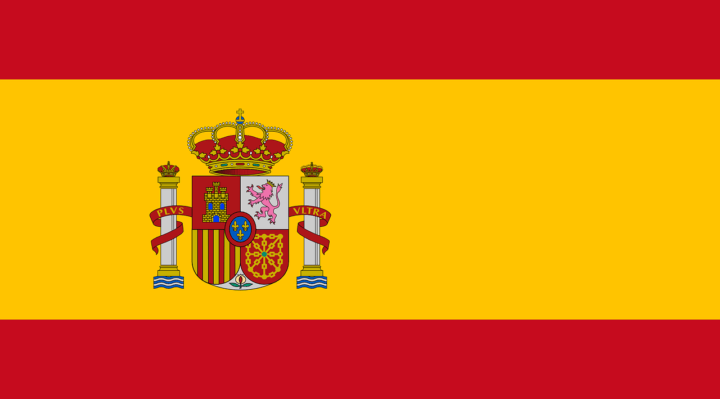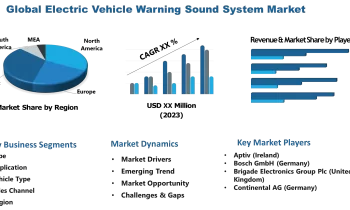
Just a week after Spain’s unemployment hit a 14-year low, there was some less-than-impressive economic news eminating from Spain today as Spanish core inflation hit its highest level since 1995.
According to data released on Friday by the National Statistics Institute, core inflation in May, which excludes the more volatile food and energy prices, came in at 4.9% year-on-year, a sizeable leap up from the 4.4% in April. Last month’s core inflation figure was the highest since 1995 with an annual increase of 15% in fuel charges leading the increase.
Spanish national consumer prices increased again in May, having declined in April. May saw a 8.7% year-on-year increase in Spanish inflation up from the 8.3% recorded in April when an easing of energy prices saw Spanish inflation fall from a 40 year record high of 9.8%. Spain started the year with shock inflation increases as Spanish inflation hit a three-decade high in January.
On the release of today’s inflation news, Economy Minister Nadia Calvino told Spanish regional TV channel TVG:
“The forecast is to return to more normal levels next year and that there will be a rapid deceleration in prices in the second part of the year.”
Challenging Year Ahead
Spain is suffering from steeply rising inflation as is much of the word at the moment. The post-COVID economic recovery has been heavily surpressed by the impact of the Russian aggression in Ukraine.
In an effort to combat the rising inflation, the European Central Bank ended its long-running stimulus measures after saying it would increase interest rates next month for the first time since 2011. The ECB also stated that next month’s interest rise will most likely followed by a potentially larger interest rate rise in September.
Spain, having reduced its unemployment levels now joins other countries across not just the EU, but other nations around the world, in having to combat against rising inflation and the impact of rising energy costs.



